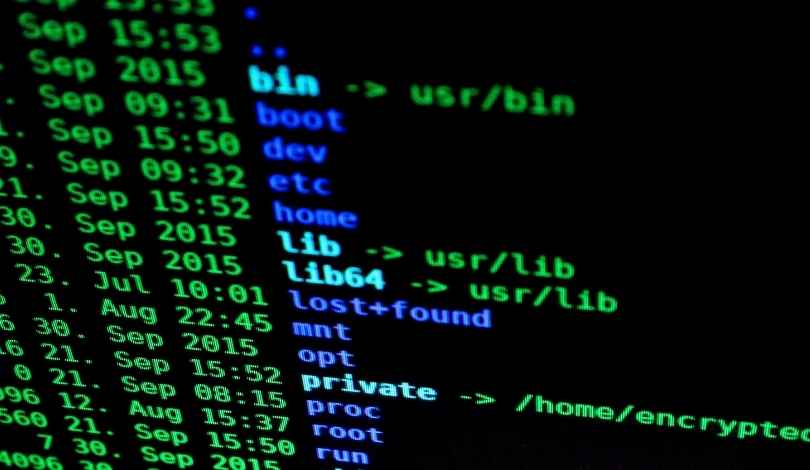A Chinese hacking group, Salt Typhoon, has infiltrated numerous US telecommunications networks, accessing sensitive information and posing a significant threat to national security. This large-scale cyber-espionage operation has spotlighted vulnerabilities in current telecommunications infrastructure, drawing reactions from government officials and cybersecurity experts. The gravity of these breaches has instigated debates on the timeline for eradicating these intruders from critical networks. Experts remain skeptical about quick resolutions due to persistent cybersecurity loopholes in telecom systems.
Since the Salt Typhoon incident surfaced, earlier responses to similar cyber intrusions indicate a long-standing struggle with effectively addressing advanced persistent threats. Historically, telecommunications companies have faced difficulties in permanently removing adept hacking groups. Despite improvements in detection technologies, consistent vulnerabilities in the infrastructure provide multiple access points for re-infiltration. It remains challenging to harmonize the complexities of diverse technologies within telecom networks, which complicates comprehensive security measures.
How Do They Hide?
The continued presence of Salt Typhoon in US networks highlights the complexity of expelling them completely. Experts attribute this resilience to the complex nature of telecommunications networks, integration of multiple technology layers, and lack of strong identity management systems. These factors contribute to continued vulnerabilities, making it difficult to detect and eliminate clandestine operations carried out by foreign entities.
Why Is Telecom Security Challenging?
Several industry hurdles complicate telecom security, including legacy system integration and infrastructure consolidation. Mergers have often been executed without robust cybersecurity integration, leaving systems open to attacks. The intricate framework of these networks demands heightened security protocols and rapid incident response strategies to counter sophisticated cyber threats.
Can Security Standards Be Improved?
Efforts to enhance telecom security often confront systemic hindrances. The industry’s varied response to vulnerability disclosures shows a gap between identifying and rectifying issues promptly. Effective threat management requires collaboration across stakeholders to implement sound cybersecurity practices and proactive threat detection mechanisms, addressing both current and emerging vulnerabilities.
A robust response to cybersecurity challenges in telecommunications is paramount for future resilience against hacking groups like Salt Typhoon. Enhanced vigilance, infrastructure overhaul, and advanced threat intelligence capabilities are essential in fortifying telecom networks. Continuous research into the vulnerabilities within these networks can lead to more effective security measures, enabling telecom companies to better protect against recurrent cyber threats.










